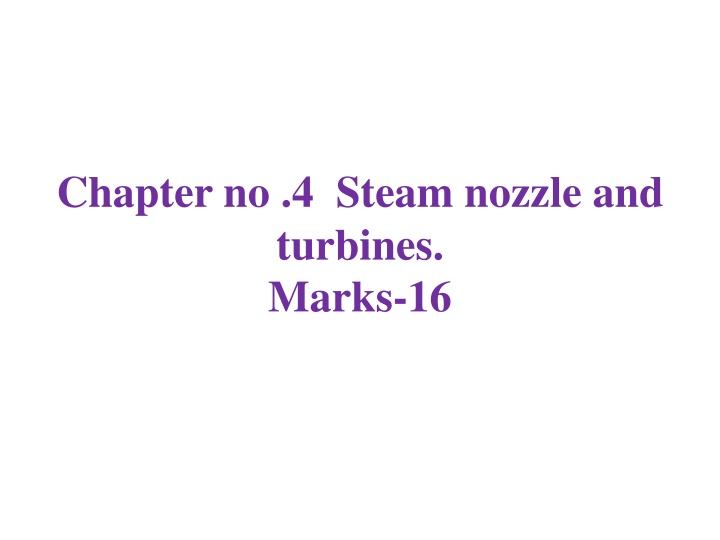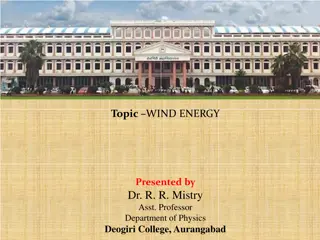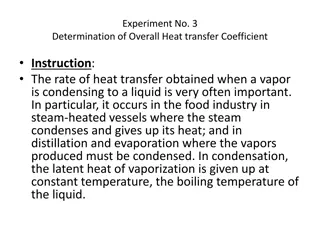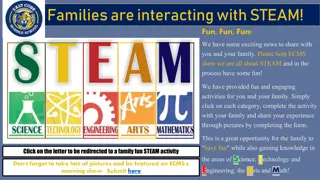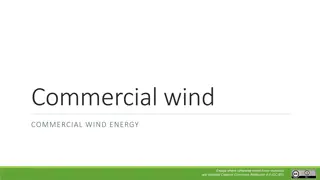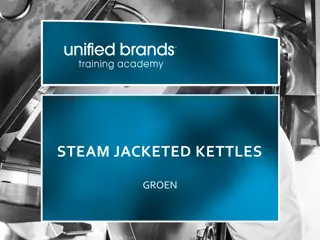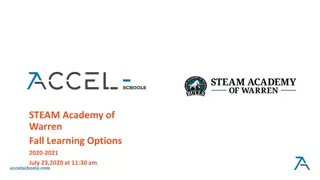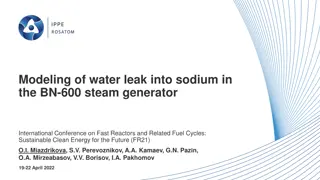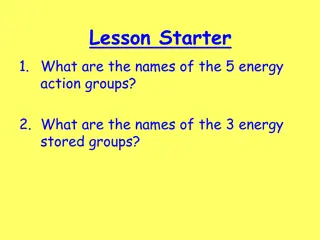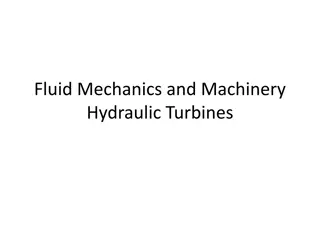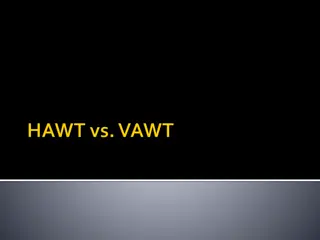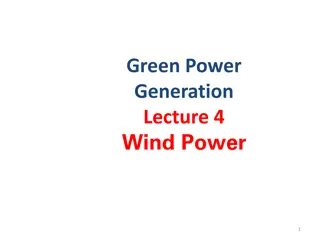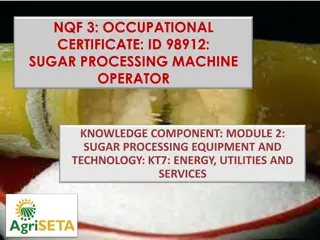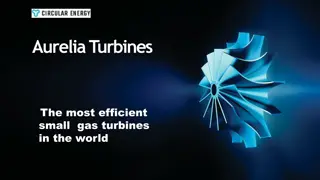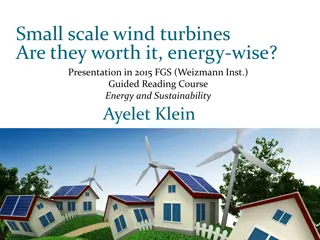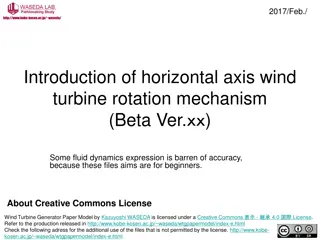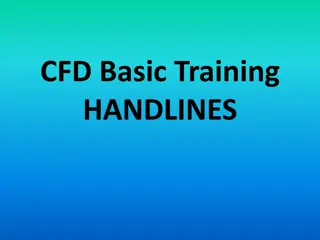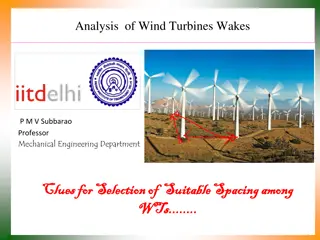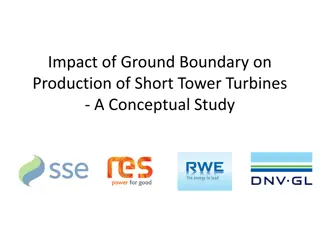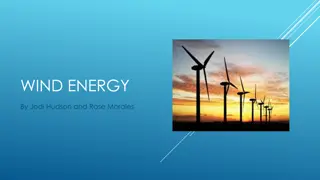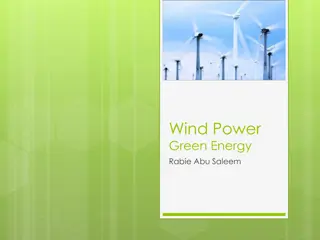Steam Nozzles and Turbines
Learn about the construction and working of steam nozzles, governors, steam turbines, and heat exchangers. Discover the equations of continuity for fluid flow and understand the functions and types of steam nozzles. Explore convergent and divergent nozzles and their applications in various engineering fields.
Download Presentation

Please find below an Image/Link to download the presentation.
The content on the website is provided AS IS for your information and personal use only. It may not be sold, licensed, or shared on other websites without obtaining consent from the author.If you encounter any issues during the download, it is possible that the publisher has removed the file from their server.
You are allowed to download the files provided on this website for personal or commercial use, subject to the condition that they are used lawfully. All files are the property of their respective owners.
The content on the website is provided AS IS for your information and personal use only. It may not be sold, licensed, or shared on other websites without obtaining consent from the author.
E N D
Presentation Transcript
Chapter no .4 Steam nozzle and turbines. Marks-16
C404.4-Describe construction and working of nozzle, governors, steam turbine and heat exchanger.
Equations of Continuity Consider a non-viscous liquid in streamline flow through a tube AB, of varying cross-section. Let A1and A2be the area of cross-section at A and B respectively.
The volume of water entering A per second = A1V1 Volume = Area x distance where V1is the velocity of the flow of liquid at A
Assuming there is no loss of liquid in tube and for free steady flow, Mass of liquid entering per second at A= Mass of liquid leaving per second at B or AV = constant. This is the equation of continuity.
Steam Nozzle Steam nozzle is an insulated passage of varying cross- sectional area through which heat energy (Enthalpy), pressure of steam is converted into kinetic energy.
Steam Nozzle Functions of Nozzle :- 1) The main function of the steam nozzle is to convert heat energy to kinetic energy. 2) To direct the steam at high velocity into blades of turbine at required angle. Applications :- 1) Steam & gas turbines are used to produces a high velocity jet. 2) Jet engines and rockets to produce thrust (propulsive force)
Types of nozzles 1) Convergent nozzle 2) divergent nozzle 3) convergent - divergent nozzle
Convergent nozzle It is a nozzle with large entrance and tapers gradually to a smallest section at exit. It has no diverging portion.
Divergent nozzle :- It is a nozzle with small entrance and tapers gradually to a large section at exit. It has no converging portion at entry.
convergent - divergent nozzle :- convergent - divergent nozzle is widely used in steam turbines. The nozzle converges first to the smallest section and then diverges up to exit. The smallest section of the nozzle is called throat. The divergent portion of nozzle allows higher expansion ratio i.e., increases pressure drop.
convergent - divergent nozzle : The taper of diverging sides of the nozzle ranges from 60to 150 . if the taper is above 150 increased. However if it is less than 60, the length of the nozzle will increases turbulent is
Mach number the ratio of speed of an object moving through a fluid and the local speed of sound. Where, M is the Mach number, v is the velocity of the source relative to the medium, and vsoundis the speed of sound in the medium. Mach number varies by the composition of the surrounding medium and also by local conditions, especially temperature and pressure.
Mach number M< 1 , the flow is called subsonic. M=1, the flow is called sonic. M>1, the flow is called supersonic. M>5, the flow is called hypersonic.
Classification of Steam Turbine : Classification of Steam Turbine : Steam turbines are classified according to : Principle of action of steam Method of governing a. Impulse turbine a. Throttle b. Reaction turbine b. Nozzle Direction of steam flow c. By-pass a. Axial b. Radial c. Tangential Number of pressure stages a. Single stage b. Multi stage d. Combination of throttle , nozzle by pass
impulse turbine impulse turbine is a type of steam turbine where the rotor derives its rotational force from the impact force, or the direct push of steam on the blades. The impulse turbine was first built in 1883 by the Swedish engineer De Laval. The impulse turbine consists of a rotor mounted on a shaft that is free to rotate. Attached to the rotor are a set of curved blades. Nozzles then direct the high pressure and high temperature steam towards the blades of the turbines. The blades catch the impact force of the rapidly moving steam and rotate from this force. Below is a simple diagram of impulse turbine blades:
http://turbinegenerator.org/wp-content/uploads/2011/12/impulse.direction.jpghttp://turbinegenerator.org/wp-content/uploads/2011/12/impulse.direction.jpg (1) The steam first enters the impulse turbine through a fixed Nozzle. (2) The steam strikes the blades that are free to rotate with a strong enough force to move the blades. (3) The steam exits the blade towards the condensing system of the steam turbine generator system. (4) The direction of the blades due to the force of steam.
Reaction turbine A reaction turbine is a type of steam turbine that works on the principle that the rotor spins, as the name suggests, from a reaction force rather than an impact or impulse force. In a reaction turbine there are no nozzles to direct the steam like in the impulse turbine. Instead, the blades that project radially from the outer edge of the rotor are shaped and mounted so that the shape between the blades, created by the cross- section, create the shape of a nozzle. These blades are mounted on the revolving part of the rotor and are called the moving blades.
Reaction turbine The fixed blades, which are the same shape as the moving blades, are mounted to the outer casing where the rotor revolves and are set to guide the steam into the moving blades. Below is a simple diagram of reaction turbine blades:
(1) The steam enters through a section of curved blades in a fixed position. (2) The steam then enters the set of moving blades and creates enough reactive force to rotate them, (3) The steam exits the section of rotating blades. (4) The direction of rotation.
Reaction turbine There are three main forces that act to move a reaction turbine. First, from the reactive force that is created on the moving blades as it expands and increases in velocity as it moves through the nozzle shaped spaces between the blades. Second, from the reactive force produced on the moving blades as the steam passes through and changes directions. Third, and to a lesser extent, from the impact force of the steam on the blades helps rotate the reaction turbine.
Difference between Impulse and Reaction Turbine 1. In impulse turbine, there are nozzle and moving blades are in series while there are fixed blades and moving blades are present in Reaction turbine (No nozzle is present in reaction turbine). 2. In impulse turbine pressure falls in nozzle while in reaction turbine in fixed blade boiler pressure falls. 3. In impulse turbine velocity (or kinetic energy) of steam increases in nozzle while this work is to be done by fixed blades in the reaction turbine. 4. Compounding is to be done for impulse turbines to increase their efficiency while no compounding is necessary in reaction turbine. 5. In impulse turbine pressure drop per stage is more than reaction turbine.
Difference between Impulse and Reaction Turbine 6) Not much power can be developed in impulse turbine than reaction turbine. 7)Efficiency of impulse turbine is lower than reaction turbine. 8)Impulse turbine requires less space than reaction turbine. 9)Blade manufacturing of impulse turbine is not difficult as in reaction turbine it is difficult.
Compounding of steam turbines Compounding of steam turbines is the method in which energy from the steam is extracted in a number of stages rather than a single stage in a turbine. A compounded steam turbine has multiple stages i.e. it has more than one set of nozzles and rotors, in series, keyed to the shaft or fixed to the casing, so that either the steam pressure or the jet velocity is absorbed by the turbine in number of stages.
Compounding of steam turbines As we have seen , if the high velocity steam is allowed to flow through one row of moving blades, it produces a rotor speed of about 30000 r.p.m. which is too high for practical use. Not only this, the leaving loss is also very high. It is therefore essential to incorporate some improvements in the simple impulse turbine for practical use and also to achieve high performance. This is possible by making use of more than one set of nozzles, blades, rotors, in a series, keyed to a common shaft.
Compounding of steam turbines So that either the steam pressure or the jet velocity is absorbed by the turbine in stages. The leaving loss also will be less. This process is called compounding of steam turbine.
Types of compounding In an Impulse steam turbine compounding can be achieved in the following three ways: - 1. Velocity compounding 2. Pressure compounding 3. Pressure-Velocity Compounding
velocity compounded The velocity compounded Impulse turbine was first proposed by C G Curtis to solve the problem of single stage Impulse turbine for use of high pressure and temperature steam. The rings of moving blades are separated by rings of fixed blades. The moving blades are keyed to the turbine shaft and the fixed blades are fixed to the casing. The high pressure steam coming from the boiler is expanded in the nozzle first. The Nozzle converts the pressure energy of the steam into kinetic energy It is interesting to note that the total enthalpy drop and hence the pressure drop occurs in the nozzle. Hence, the pressure thereafter remains constant. This high velocity steam is directed on to the first set (ring) of moving blades. As the steam flows over the blades, due the shape of the blades, it imparts some of its momentum to the blades and losses some velocity.
velocity compounded Only a part of the high kinetic energy is absorbed by these blades. The remainder is exhausted on to the next ring of fixed blade. The function of the fixed blades is to redirect the steam leaving from the first ring moving blades to the second ring of moving blades. There is no change in the velocity of the steam as it passes through the fixed blades. The steam then enters the next ring of moving blades; this process is repeated until practically all the energy of the steam has been absorbed. A schematic diagram of the Curtis stage impulse turbine, with two rings of moving blades one ring of fixed blades is shown in figure 1. The figure also shows the changes in the pressure and the absolute steam velocity as it passes through the stages.
velocity compounded where, Pi= pressure of steam at inlet Vi= velocity of steam at inlet Po= pressure of steam at outlet Vo= velocity of steam at outlet In the above figure there are two rings of moving blades separated by a single of ring of fixed blades. As discussed earlier the entire pressure drop occurs in the nozzle, and there are no subsequent pressure losses in any of the following stages. Velocity drop occurs in the moving blades and not in fixed blades.
advantages Velocity compounded impulse turbine requires a comparatively small number of stages due to relatively large heat drop per stage. Due to small number of stages the initial cost is less. In two or three row wheel, the steam temperature is sufficiently lo, hence a cast iron cylinder may be used , thus saving material cost.
disadvantages The velocity compounded impulse turbine has low efficiency and high steam consumption.
pressure compounded The pressure compounded Impulse turbine is also called as Rateau turbine, after its inventor. This is used to solve the problem of high blade velocity in the single-stage impulse turbine. It consists of alternate rings of nozzles and turbine blades. The nozzles are fitted to the casing and the blades are keyed to the turbine shaft. In this type of compounding the steam is expanded in a number of stages, instead of just one (nozzle) in the velocity compounding. It is done by the fixed blades which act as nozzles. The steam expands equally in all rows of fixed blade. The steam coming from the boiler is fed to the first set of fixed blades i.e. the nozzle ring. The steam is partially expanded in the nozzle ring. Hence, there is a partial decrease in pressure of the incoming steam. This leads to an increase in the velocity of the steam. Therefore the pressure decreases and velocity increases partially in the nozzle.
pressure compounded This is then passed over the set of moving blades. As the steam flows over the moving blades nearly all its velocity is absorbed. However, the pressure remains constant during this process. After this it is passed into the nozzle ring and is again partially expanded. Then it is fed into the next set of moving blades, and this process is repeated until the condenser pressure is reached. This process has been illustrated in figure 3. where, the symbols have the same meaning as given above. It is a three stage pressure compounded impulse turbine. Each stage consists of one ring of fixed blades, which act as nozzles, and one ring of moving blades. As shown in the figure pressure drop takes place in the nozzles and is distributed in many stages.
Disadvantages of Pressure Compounding The disadvantage is that since there is pressure drop in the nozzles, it has to be made air-tight. They are bigger and bulkier in size
Pressure-Velocity compounded Impulse Turbine It is a combination of the above two types of compounding. The total pressure drop of the steam is divided into a number of stages. Each stage consists of rings of fixed and moving blades. Each set of rings of moving blades is separated by a single ring of fixed blades. In each stage there is one ring of fixed blades and 3-4 rings of moving blades. Each stage acts as a velocity compounded impulse turbine. The fixed blades act as nozzles. The steam coming from the boiler is passed to the first ring of fixed blades, where it gets partially expanded.
Pressure-Velocity compounded Impulse Turbine The pressure partially decreases and the velocity rises correspondingly. The velocity is absorbed by the following rings of moving blades until it reaches the next ring of fixed blades and the whole process is repeated once again. This process is shown diagrammatically in figure 5. where, symbols have their usual meaning.
